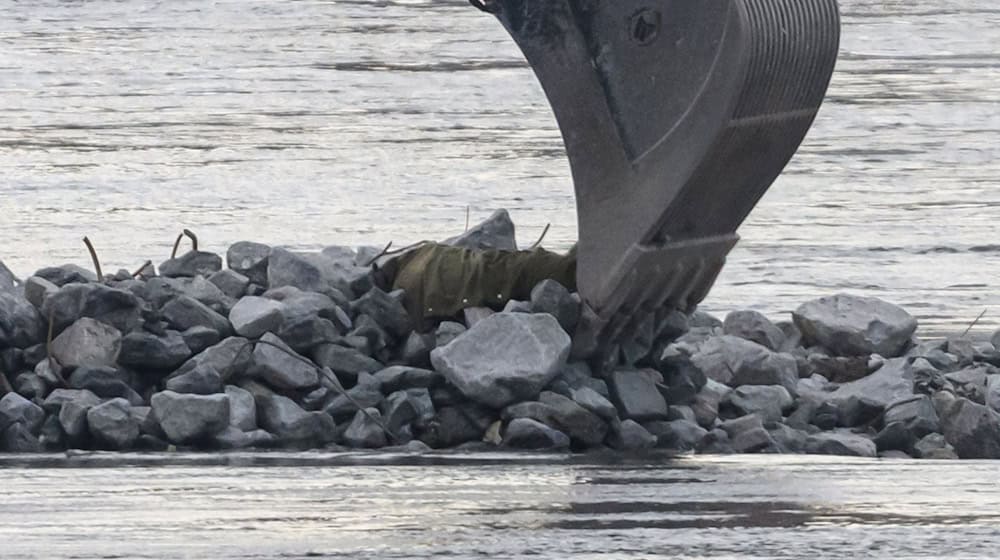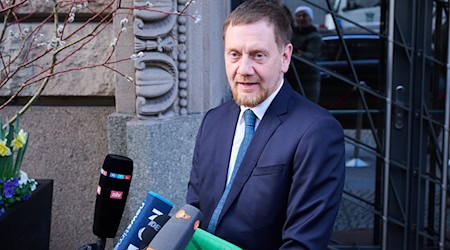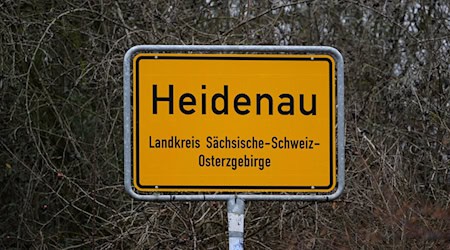After the discovery of several World War II bombs during the demolition of the Carola Bridge in Dresden, the safety concept for the work needs to be reconsidered. The plans for recovering the remaining debris and demolishing the two remaining bridge sections should be adapted, André Mauermeister, head of the Saxony Explosive Ordnance Disposal Service, told the German Press Agency. So far, there is no information on how many munitions of this type could still be lying there.
As the river and the Elbe meadows were also affected by the bombing in 1945, it can generally be assumed that there could be a danger, said Mauermeister. It would be difficult to probe for explosive ordnance in the Elbe. Steel remnants and other material in the water could lead to many disturbances. Apart from the technical possibilities for locating them, the only option is to clear explosive ordnance during construction. "This is the riskiest method," said Mauermeister. Remote-controlled excavators could also be used for this purpose.
Expert: Bombs without detonators probably dumped there
On January 8, one of the excavators came across an unexploded bomb with a detonator in the riverbed, which triggered a major evacuation of the old town and was defused. A week ago, two more bombs turned up without detonators. They had most likely not come down at the site, but had been defused and placed there, said Mauermeister.
The Dresden waste disposal company Centro, which was commissioned to dismantle the collapsed bridge C, is now leaving the last ten meters of the construction road on the Old Town side in the water and is preparing to dismantle the remaining debris still protruding into the water from the other side of the Elbe.
After the first bomb was found, a munitions expert accompanied the work. He observed and assessed the movement of the material. The first bomb probably came to light as a result of scouring when dredging the fairway, as Centro managing director Mathias Lindenlaub said. After the other bombs were found, he stopped the dismantling of the no longer needed construction road in the riverbank area. "The situation was no longer acceptable, the danger to the employees was too great."
Centro boss: reports of excavator drivers refusing to work are false
Last week, there were reports that excavator drivers were refusing to continue working. "That is simply not true," said the Centro boss. The drivers had always felt safe, but two bomb discoveries within 24 hours made it necessary to reassess the situation. According to him, work on the site will not continue until the relevant authorities take the necessary measures to ensure the safety of the construction workers.
The art city of Dresden was bombed several times during the Second World War and was extensively destroyed in British and American air raids in February 1945 shortly before its end. Up to 25,000 people lost their lives. Unexploded bombs are still being found during construction work in the city 80 years later.
Copyright 2025, dpa (www.dpa.de). All rights reserved










